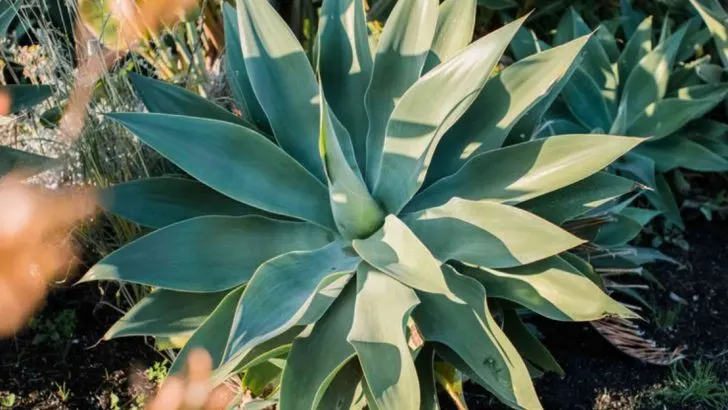Gardening in sandy soil can be challenging, but the right plants can thrive in these dry, well-draining conditions. These 23 resilient plants are perfect for sandy gardens, bringing color, texture, and life to even the driest landscapes.
Lavender
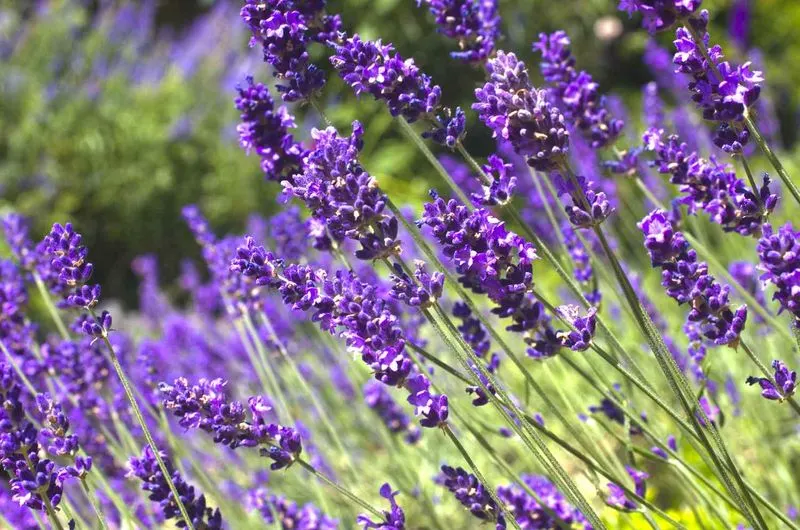
Lavender, with its aromatic purple flowers, is a resilient choice for sandy soils. This Mediterranean native loves well-drained conditions and shines in full sun. Its drought resistance and ability to attract pollinators make it a garden favorite. Pruning after flowering ensures a bushy growth, extending its life span. Despite its delicate appearance, lavender’s woody stems hold up well in dry spells. Plant it alongside pathways to enjoy its calming fragrance. Ideal for coastal gardens, it thrives in poor, sandy soils where many others struggle. Lavender’s needs are simple: sunlight, space, and a little attention.
Thyme
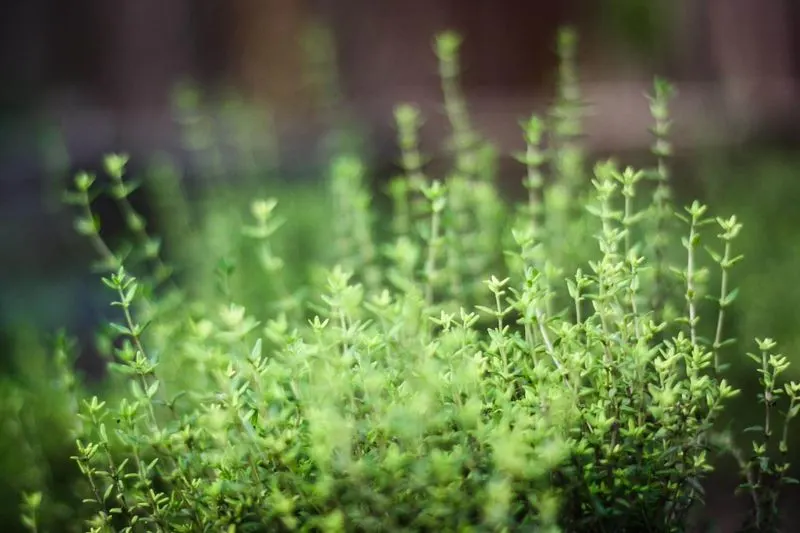
Thyme is a versatile herb that thrives in sandy soils, offering both culinary and ornamental benefits. Its small, aromatic leaves form a dense mat, perfect for ground cover or edging. This hardy perennial tolerates drought well, making it a reliable choice for dry climates. Thyme prefers a sunny spot and well-drained soil, and it rarely requires fertilization. The plant’s ability to attract beneficial insects is an added bonus. Regular harvesting encourages bushy growth, ensuring a continuous supply of fresh sprigs for your kitchen. Thyme’s resilience and simplicity make it a must-have for sandy gardens.
Sedum
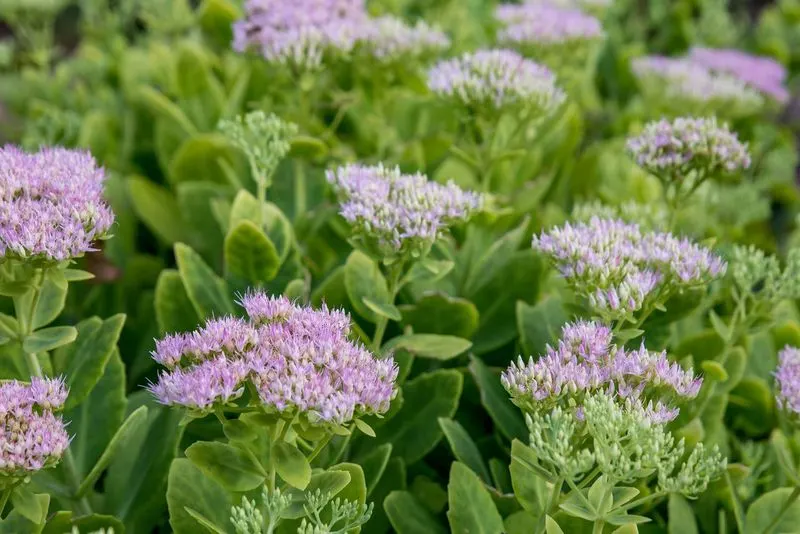
Sedum, known for its succulent-like characteristics, is a perfect match for sandy environments. Its fleshy leaves store water, providing resilience against dry spells. Sedum’s variety of colors and forms adds visual interest to garden beds or rock gardens. It thrives in full sun and requires minimal maintenance. The plant’s ability to spread and fill gaps makes it valuable for ground cover. In autumn, its star-shaped flowers attract pollinators, enhancing biodiversity. For gardeners seeking low-maintenance beauty, sedum delivers, adapting effortlessly to the challenges of sandy, dry soils.
Yucca
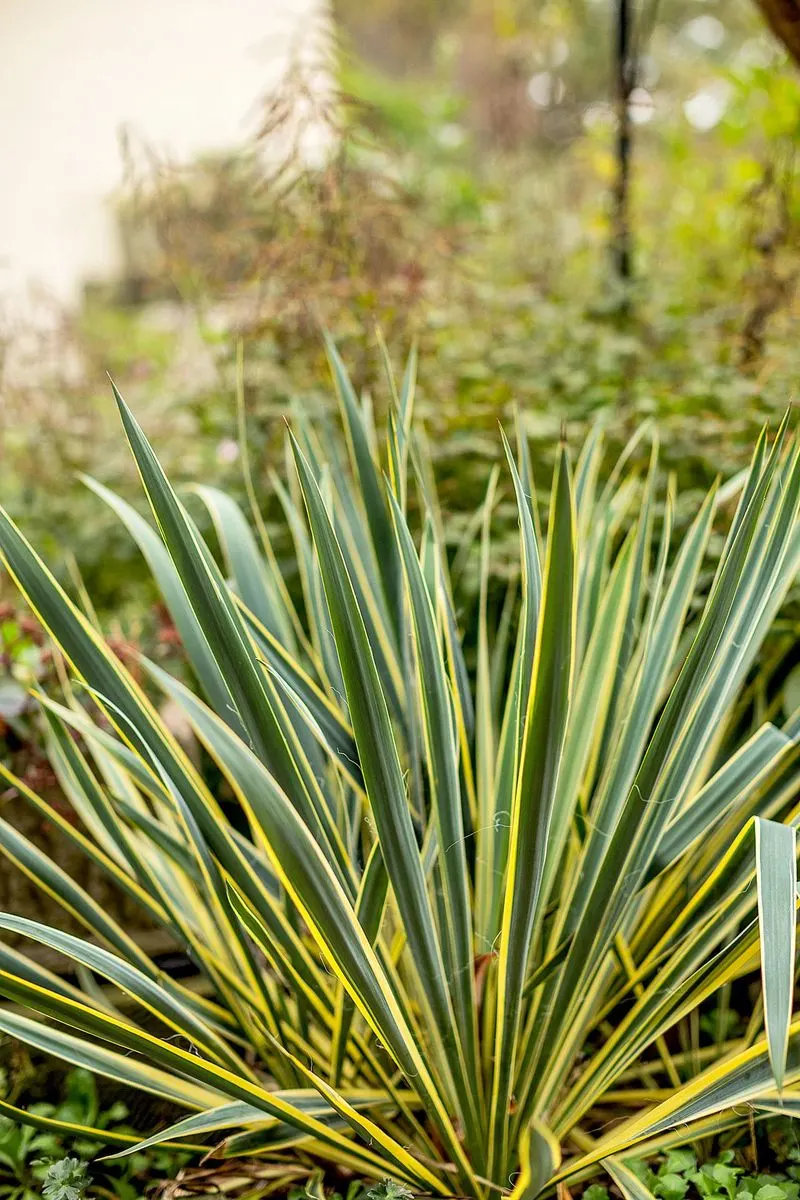
Yucca’s striking architectural form makes it an eye-catching addition to sandy gardens. Its sword-like leaves and towering flower spikes add drama to any landscape. This drought-tolerant plant thrives in dry, well-drained soils, requiring little water once established. Yucca is ideal for creating focal points or accents in xeriscapes. Its robust nature means it can withstand the toughest conditions while attracting minimal pests. With occasional pruning to remove dead leaves, yucca remains an evergreen presence. Its adaptability and bold appearance make yucca a standout choice for challenging sandy terrains.
Rosemary
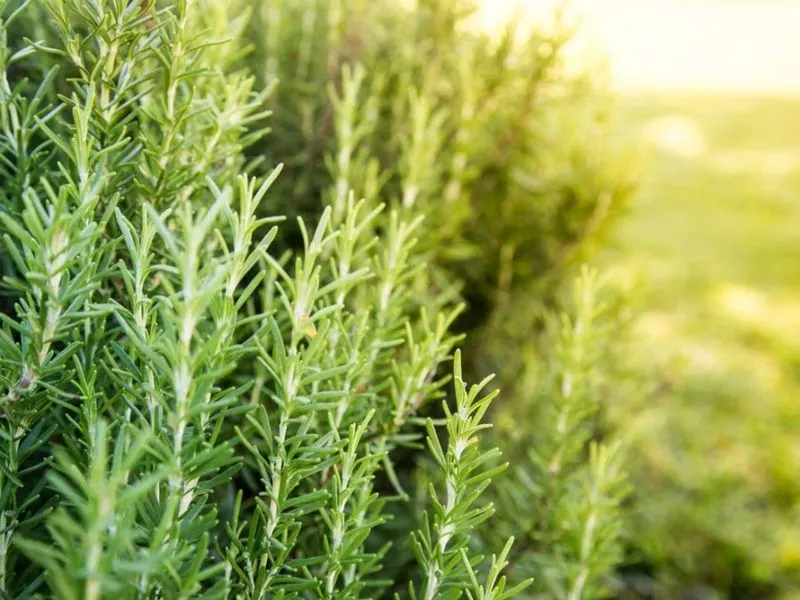
Rosemary is more than just a culinary herb; it’s a resilient shrub that thrives in sandy soils. Its evergreen foliage and blue blooms add year-round interest to gardens. Rosemary prefers a sunny site and well-drained conditions, making it perfect for dry climates. This hardy plant is drought-resistant and rarely troubled by pests. Pruning keeps it compact, promoting fresh growth and enhancing its aromatic qualities. Ideal for borders or container planting, rosemary offers both beauty and function. Whether used for cooking or landscaping, its robust nature ensures it remains a garden staple.
Sea Holly
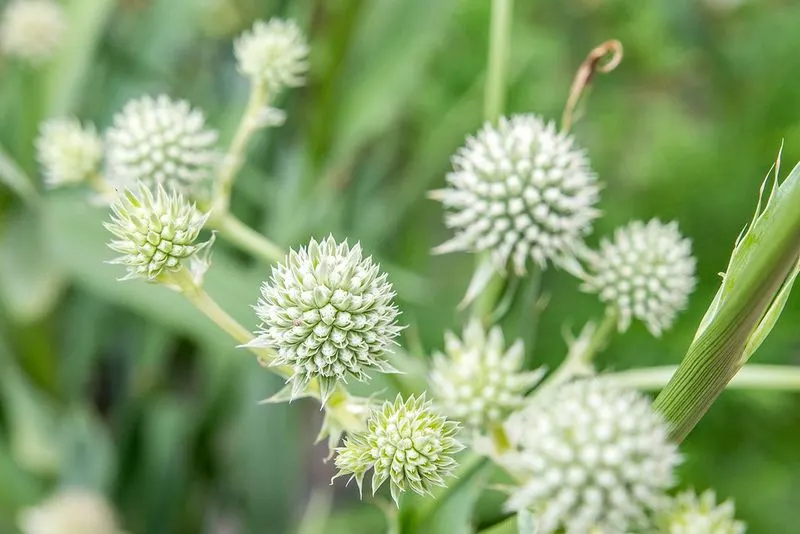
Sea holly, with its distinctive spiky blue flowers and silver foliage, fits well into sandy landscapes. It thrives in poor, well-drained soils and full sunlight. The plant’s unusual appearance adds texture and color to coastal gardens. Sea holly is remarkably drought-resistant and requires minimal care once established. Its deep taproot helps it access moisture during dry spells, while also anchoring it against strong coastal winds. This hardy perennial attracts pollinators, enhancing garden biodiversity. For a unique and resilient addition to sandy gardens, sea holly stands out with its striking features.
Russian Sage
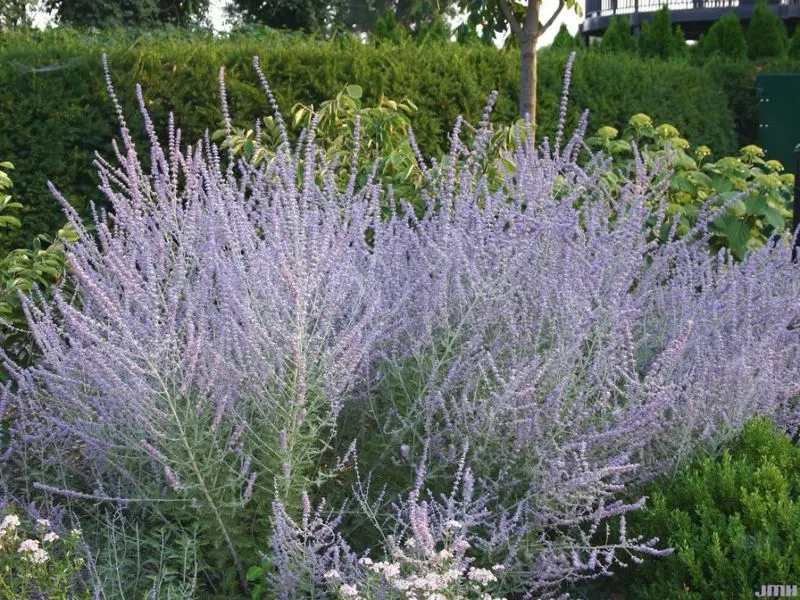
Russian sage, with its tall, airy stems and purple flowers, is perfect for adding height to sandy gardens. This drought-tolerant perennial thrives in full sun and well-drained soils. Its silvery foliage provides contrast to surrounding greenery, while its flowers attract pollinators. Russian sage requires minimal maintenance; occasional pruning encourages bushier growth. Its ability to withstand heat and dry conditions makes it an excellent choice for xeriscaping. The plant’s aromatic leaves also serve to repel pests. For those seeking a hardy yet beautiful addition to sandy landscapes, Russian sage is an ideal option.
Blue Fescue
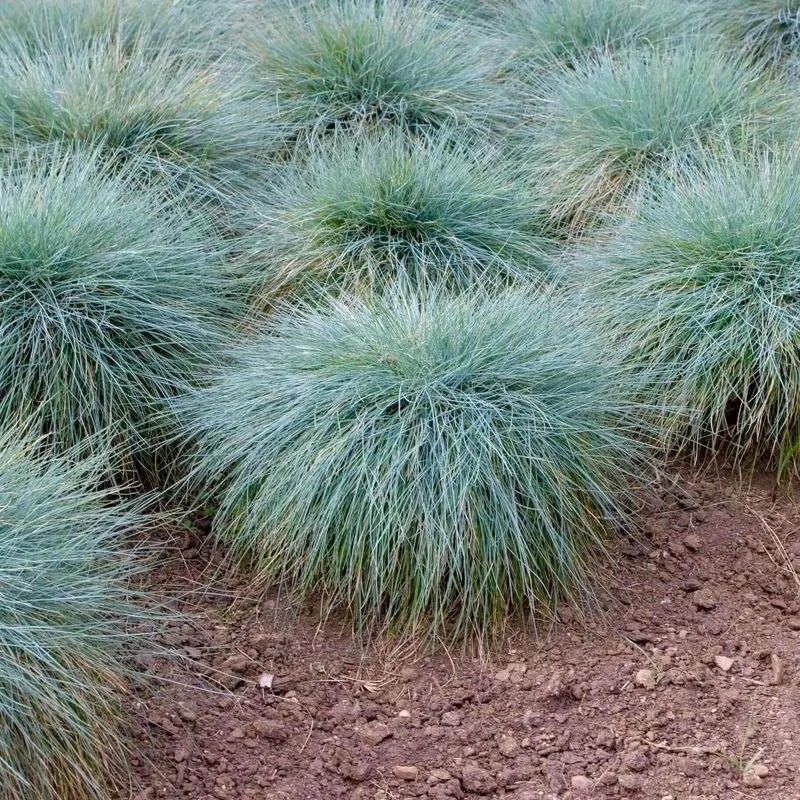
Blue fescue, with its fine blue-gray blades, is a delightful ornamental grass for sandy soils. This compact plant forms neat clumps, providing texture and color contrast in garden designs. Blue fescue thrives in full sun and requires little water once established, making it ideal for dry, sandy areas. Its low maintenance nature suits busy gardeners or those new to landscaping. Blue fescue’s drought-tolerant characteristics ensure it remains vibrant throughout the seasons. This ornamental grass adds elegance and simplicity to any garden, effortlessly adapting to challenging conditions while enhancing visual appeal.
Echinacea
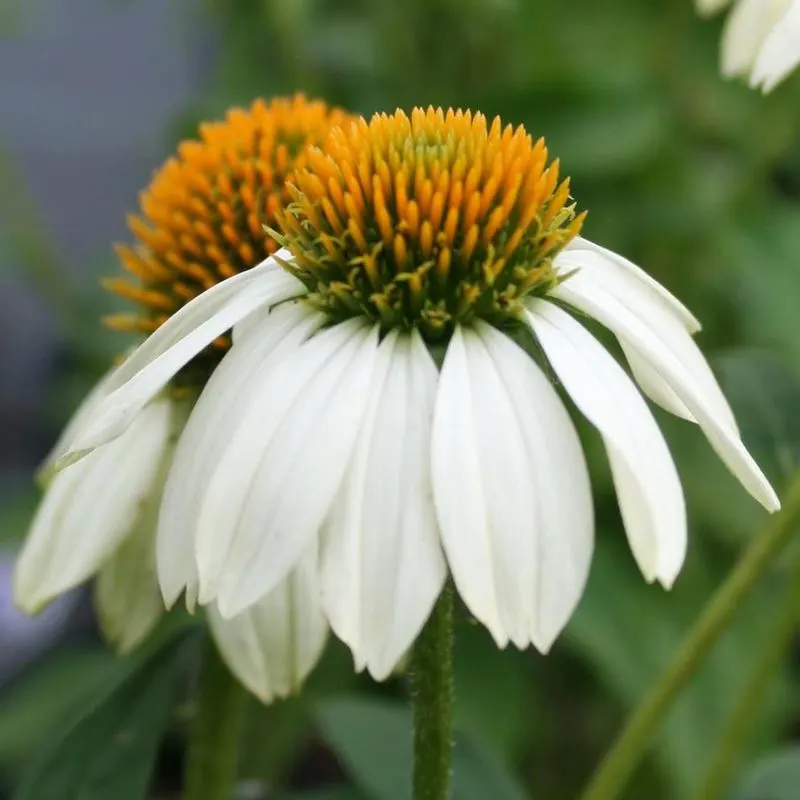
Echinacea, commonly known as coneflower, is a hardy perennial suited for sandy soils. Its large, vibrant flowers attract bees and butterflies, supporting local wildlife. Echinacea thrives in full sun and well-drained conditions, making it a staple for dry climates. This robust plant is easy to grow, requiring minimal attention once established. Deadheading spent blooms encourages continuous flowering, extending its display period. Known for its medicinal properties, echinacea is also valued for boosting immune health. Its resilience and striking appearance make it a cherished choice for gardeners looking to enhance sandy landscapes.
Gaillardia
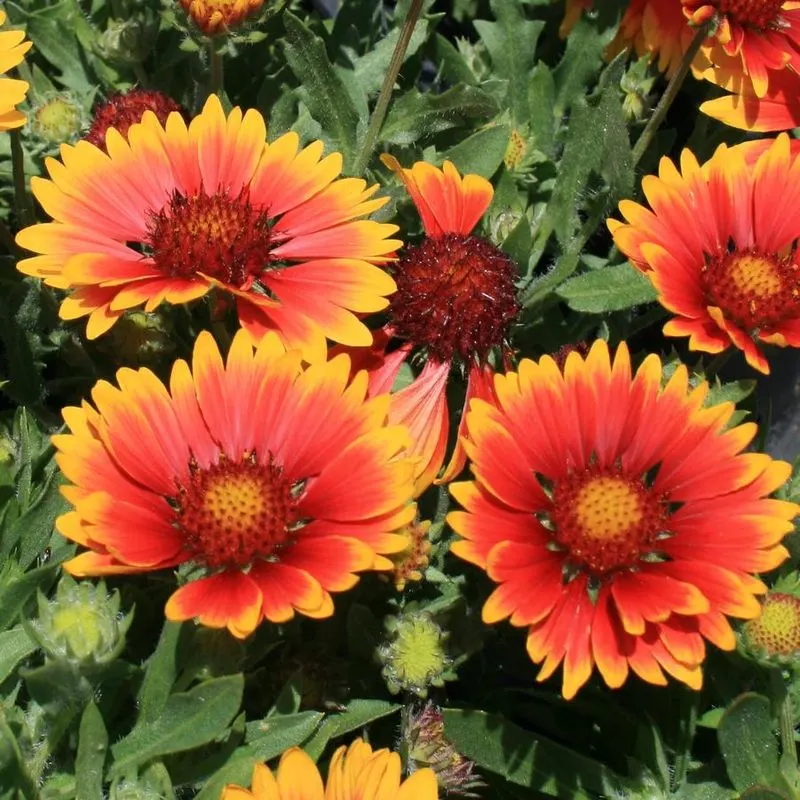
Gaillardia, or blanket flower, brings warmth to sandy gardens with its vibrant red and yellow blooms. This drought-tolerant perennial thrives in full sun and poor soils. Its long blooming season ensures color from late spring through autumn. Gaillardia’s easygoing nature requires minimal watering and care. The plant’s daisy-like flowers attract bees and butterflies, enhancing pollinator presence. Deadheading prolongs its flowering period, keeping gardens lively and inviting. For gardeners seeking brightness and resilience, gaillardia delivers, effortlessly adapting to the challenges of sandy, dry conditions while filling landscapes with cheerful hues.
Yarrow
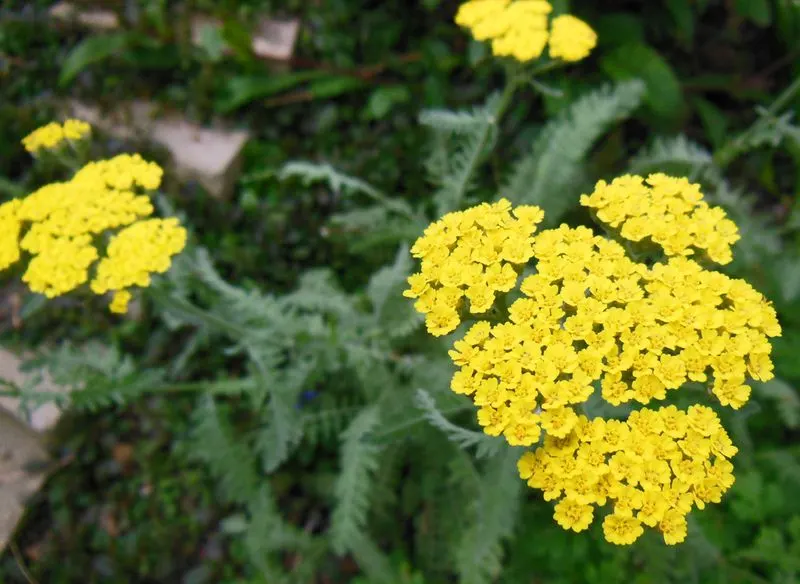
Yarrow is a versatile perennial that thrives in sandy soils, offering both ornamental and medicinal benefits. Its flat-topped clusters of yellow, white, or pink flowers are a striking addition to any landscape. Yarrow prefers full sun and well-drained conditions, making it ideal for dry areas. This hardy plant requires little maintenance and is drought-tolerant once established. Its ability to attract beneficial insects and pollinators adds ecological value to gardens. Regular pruning encourages denser growth, enhancing its floral display. Yarrow’s resilience and beauty make it a valuable asset in sandy terrain.
Coreopsis
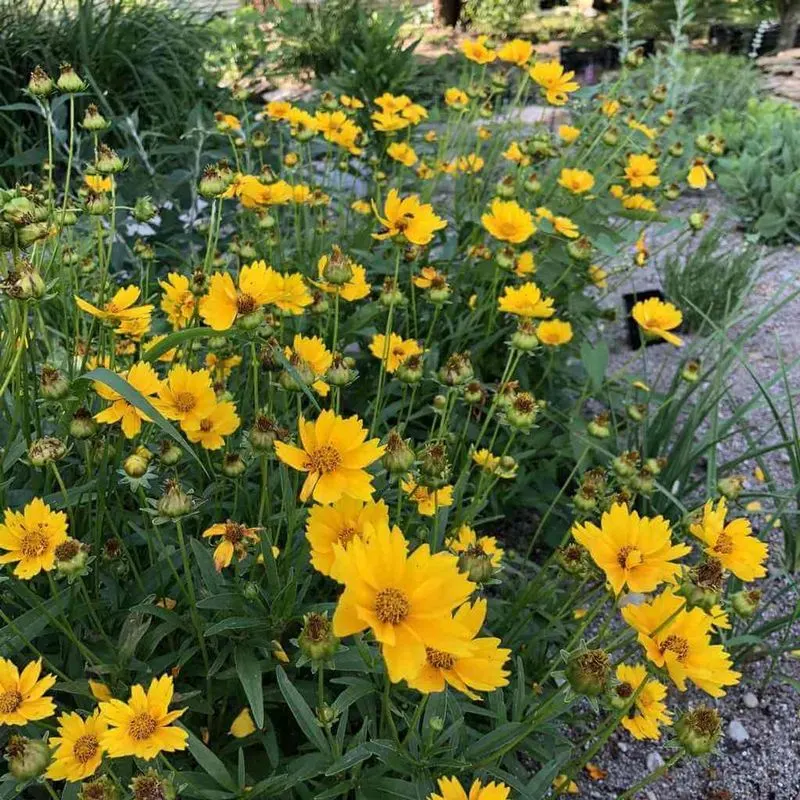
Coreopsis, known for its cheerful yellow blooms, is a reliable addition to sandy gardens. This drought-tolerant perennial thrives in full sun and poor soils, requiring minimal care. Coreopsis’s long blooming season ensures lively color throughout summer. Its daisy-like flowers attract butterflies, benefiting local ecosystems. The plant’s compact form suits borders or containers, offering versatility in design. Deadheading encourages continuous flowering, extending its vibrant display. Coreopsis’s ability to withstand dry conditions and poor soil makes it a favorite among gardeners seeking low-maintenance beauty. Its sunny disposition brightens any landscape.
Lamb’s Ear
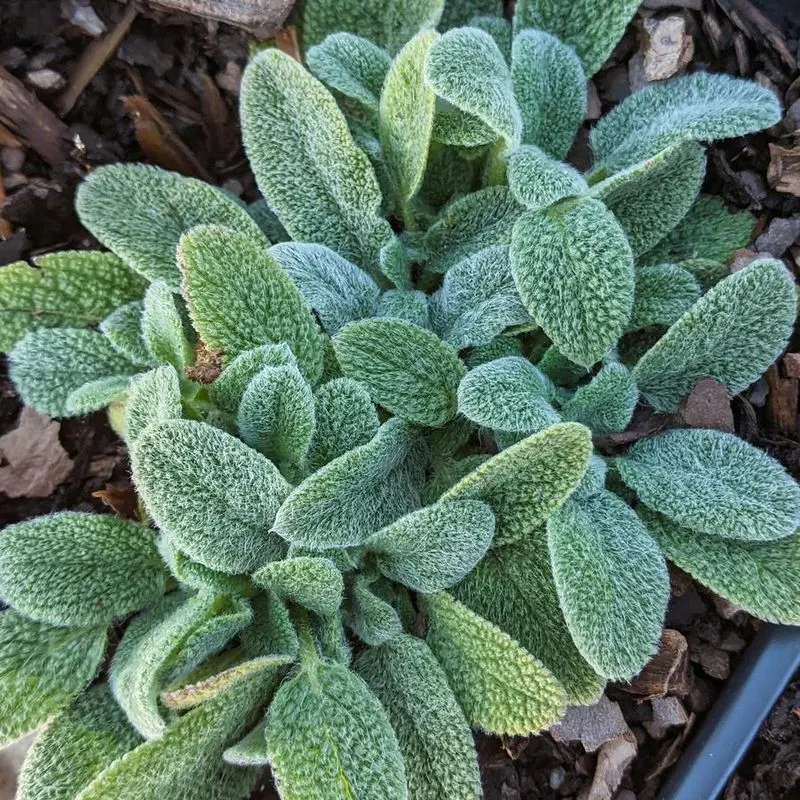
Lamb’s ear, with its soft, silvery foliage, adds a touch of texture to sandy gardens. This drought-tolerant perennial thrives in full sun and well-drained soils. Its velvety leaves create a striking contrast against neighboring plants. Lamb’s ear requires minimal watering and care, making it ideal for xeriscapes. The plant’s ability to form dense ground cover helps suppress weeds. In late spring, it produces subtle purple flowers, enhancing its appeal. Lamb’s ear’s unique texture and resilience make it a favored choice for gardeners looking to add interest and practicality to sandy landscapes.
Artemisia
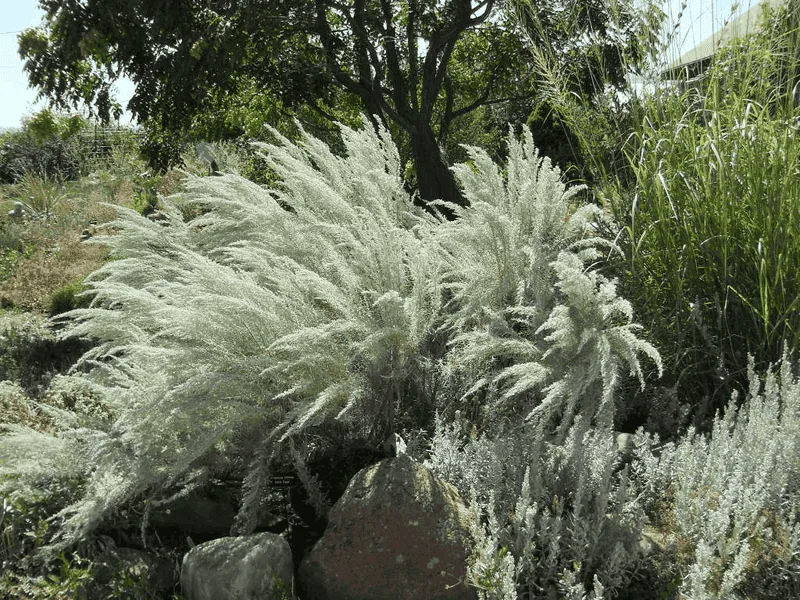
Artemisia’s silvery-gray foliage brings a touch of elegance to sandy gardens. This hardy perennial thrives in dry, well-drained conditions, tolerating the challenges of sandy soils. Its aromatic leaves deter pests, making it a low-maintenance choice for gardeners. Artemisia prefers full sun and little water once established, suiting it perfectly to arid climates. The plant’s soft texture contrasts beautifully with vibrant blooms, enhancing garden aesthetics. Regular pruning keeps it compact and encourages fresh growth. Artemisia’s adaptability and graceful appearance make it a standout option for those with sandy landscapes.
Santolina
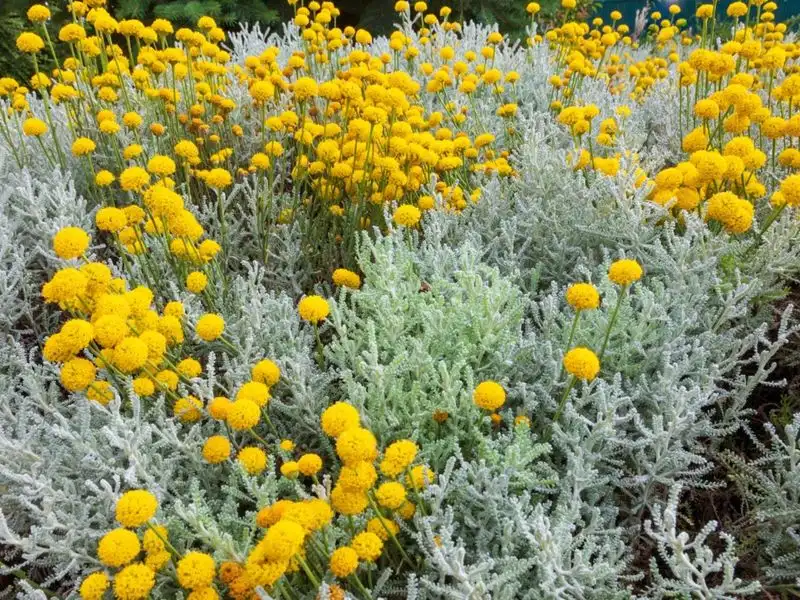
Santolina, often referred to as lavender cotton, is a compact shrub ideal for sandy soils. Its silvery foliage and yellow flowers create a striking visual contrast. This drought-tolerant plant thrives in full sun and well-drained conditions, requiring minimal maintenance. Santolina’s aromatic leaves deter pests, adding functional value to gardens. Regular pruning helps maintain its neat form and encourages denser growth. This plant is perfect for borders or rock gardens, where its unique texture and color can shine. For gardeners seeking a hardy yet beautiful addition to sandy terrains, santolina is an excellent choice.
Buddleia
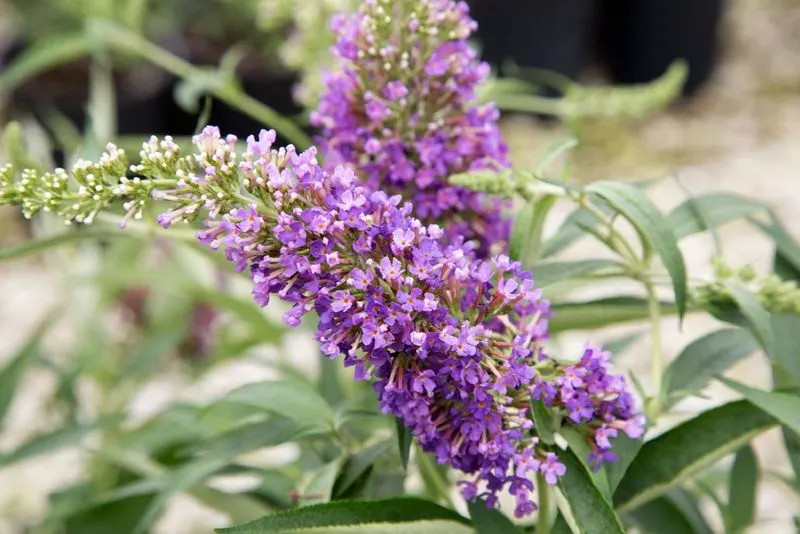
Buddleia, commonly known as butterfly bush, offers vibrant blooms and wildlife appeal to sandy gardens. Its long clusters of purple flowers attract a plethora of butterflies, adding movement and life. Buddleia thrives in full sun and well-drained conditions, making it perfect for dry soils. This fast-growing shrub requires minimal care, though regular pruning encourages a bushier shape and more blooms. Its resilience and ability to attract pollinators make it a favorite for those looking to enhance sandy landscapes. Buddleia’s combination of beauty and ecological benefit creates a dynamic garden feature.
Verbena
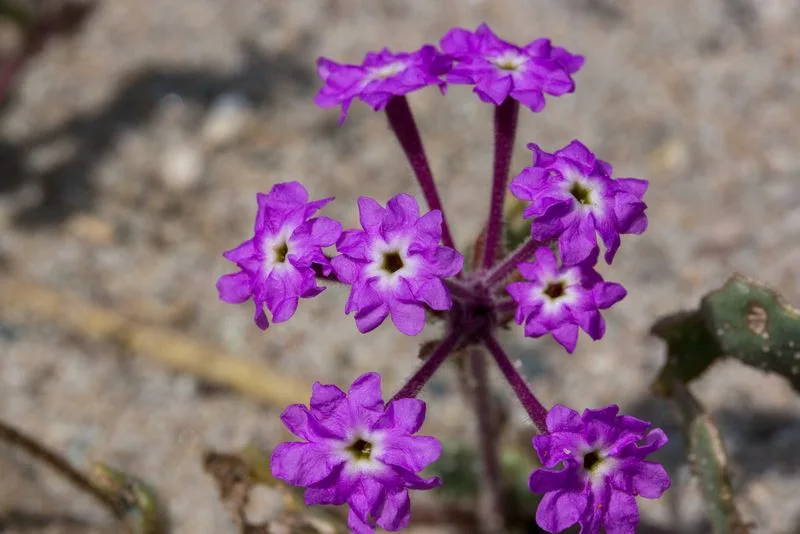
Verbena’s clusters of vibrant flowers make it a colorful addition to sandy gardens. This drought-tolerant perennial thrives in full sun and well-drained soils, requiring little water once established. Verbena’s long blooming season provides continuous color, attracting butterflies and pollinators. The plant’s sprawling habit makes it ideal for borders or as a ground cover. Regular deadheading encourages more blooms, prolonging its decorative display. Verbena’s resilience and ease of care make it perfect for those seeking vibrant splashes of color in challenging sandy terrains. Its ability to adapt to dry conditions ensures its lasting appeal.
Gazania
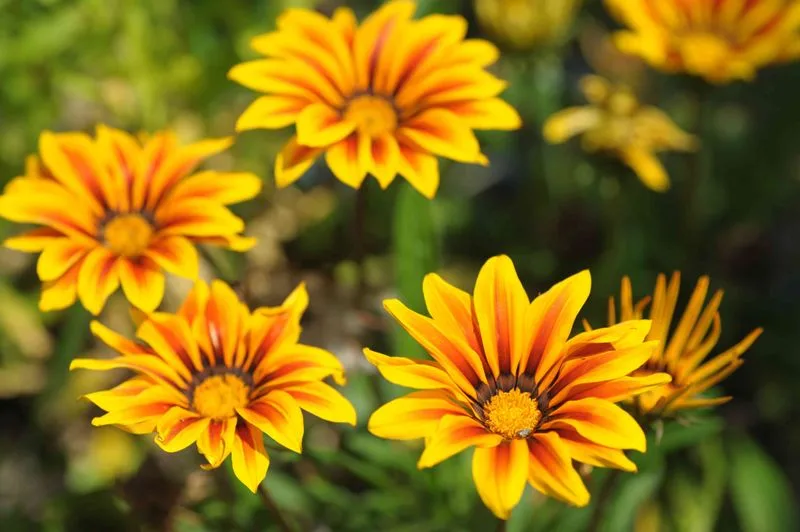
Gazania, with its bold orange and yellow blooms, is a sun-loving plant perfect for sandy soils. This drought-tolerant perennial thrives in full sun and poor conditions, offering vibrant color throughout the growing season. Gazania’s low maintenance requirements make it ideal for busy gardeners or beginners. Its daisy-like flowers open in sunlight, closing at night or on cloudy days. The plant’s spreading nature fills gaps, preventing soil erosion. Gazania’s hardiness and cheerful appearance make it a popular choice for adding warmth and brightness to sandy landscapes. Its adaptability ensures garden success.
Agave
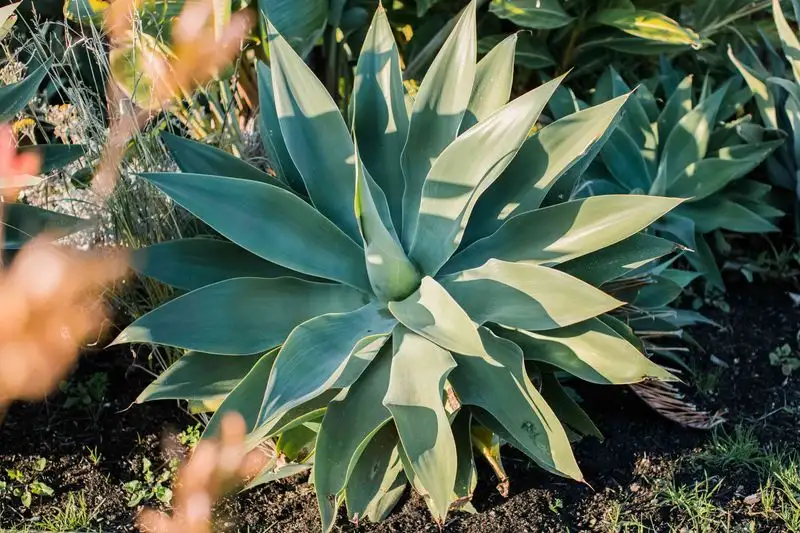
Agave’s bold, architectural form is a striking addition to sandy gardens. Known for its thick, spiky leaves, agave thrives in dry, well-drained soils. This drought-tolerant succulent requires minimal water once established, suiting it perfectly to arid regions. Agave’s slow growth and low maintenance needs make it ideal for xeriscaping. The plant’s dramatic appearance creates focal points in landscapes, while its sap can deter pests. Agave’s ability to withstand harsh conditions without losing visual appeal makes it a popular choice for gardeners seeking striking, low-maintenance plants for sandy soils.
Cistus
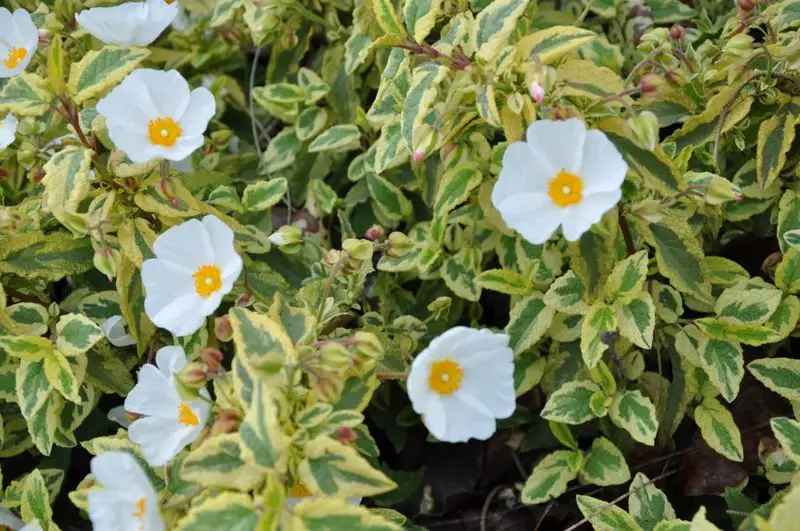
Cistus, or rock rose, brings a touch of Mediterranean charm to sandy gardens. Its bright, papery flowers appear in white, pink, or purple, adding color to dry landscapes. Cistus thrives in full sun and well-drained soils, requiring little water once established. This hardy shrub is perfect for borders or as a ground cover, where its sprawling nature can shine. Cistus’s resilience and ability to attract pollinators make it a valuable addition to sandy terrains. Regular pruning helps maintain its shape and encourages fresh growth, enhancing its overall appearance.
Portulaca
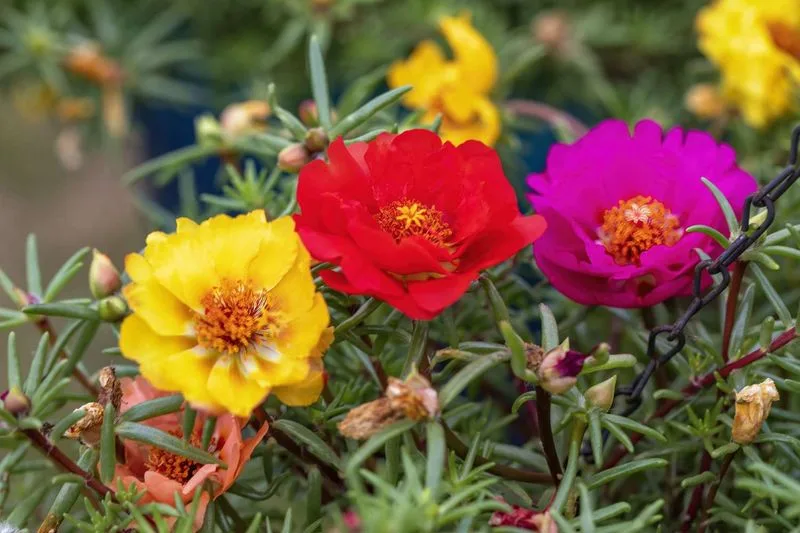
Portulaca, also known as moss rose, is an ideal choice for sandy soils with its vibrant, multi-colored blooms. This drought-tolerant plant thrives in full sun and poor conditions, requiring minimal care. Portulaca’s succulent-like leaves store water, providing resilience in dry spells. Its spreading habit makes it perfect for ground cover, filling gaps with color and preventing soil erosion. Portulaca blooms throughout summer, opening in sunlight and closing at night. Its cheerful appearance and hardiness make it a favorite for gardeners seeking easy color in sandy landscapes. Portulaca’s adaptability ensures success.
Oleander
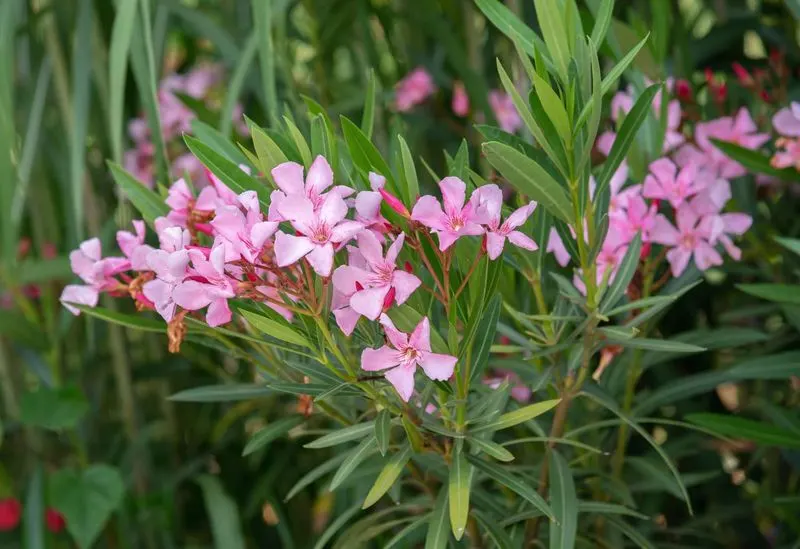
Oleander’s lush green foliage and vibrant flowers make it a standout in sandy gardens. This hardy shrub thrives in full sun and well-drained soils, withstanding drought and saline conditions. Oleander’s rapid growth and dense form provide privacy and windbreaks. Its flowers, in shades of pink, white, or red, add year-round interest. While all parts of the plant are toxic if ingested, oleander’s resilience and beauty make it a popular choice for coastal gardens. Regular pruning helps maintain its shape and encourages more blooms, ensuring it remains an attractive garden feature.
Bougainvillea
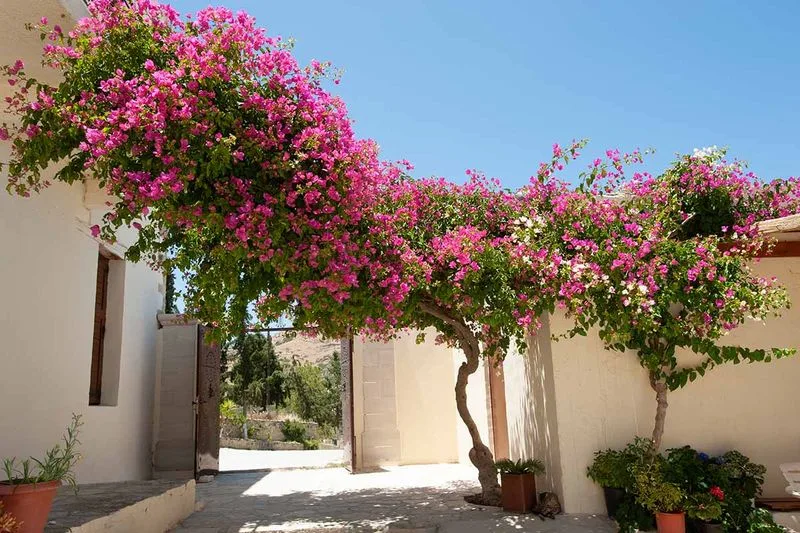
Bougainvillea’s vibrant bracts are a colorful addition to sandy gardens. This vigorous climber thrives in full sun and well-drained soils, offering an explosion of color in dry conditions. Bougainvillea’s drought tolerance and rapid growth make it ideal for covering walls, fences, or trellises. Its thorny branches provide security, while its minimal care needs suit busy gardeners. Regular pruning encourages bushier growth and more blooms. While the plant’s bracts are its main attraction, its small white flowers also add interest. Bougainvillea’s resilience ensures it remains a cherished choice for sandy environments.

